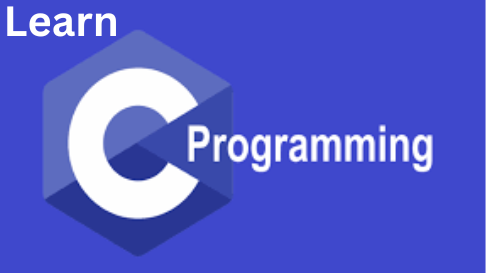How to Install C++ ?
To install C++ for modern development, you typically need a C++ compiler and, optionally, an Integrated Development Environment (IDE) for a more convenient development experience. Here are the general steps for installing C++ on your system:Choose a C++ Compiler:
There are several C++ compilers available, but one of the most widely used and respected ones is GCC (GNU Compiler Collection). GCC includes the g++ compiler, which is the C++ compiler. You can also use Clang, which is another popular C++ compiler.
1. GCC: You can install GCC on various platforms:
a. Linux: GCC is often pre-installed. If not, you can typically install it using your distribution's package manager. For example, on Ubuntu, you can run sudo apt-get install g++.
b. macOS: You can install GCC via Homebrew or MacPorts.
c. Windows: You can use MinGW (Minimalist GNU for Windows) to get GCC on Windows.2.Clang: Clang is available on many platforms as well, and you can usually install it using package managers or by downloading it from the official website.
Choose an IDE or Text Editor (Optional):
While you can write C++ code in a simple text editor like Notepad (on Windows) or a code editor like Visual Studio Code, using an IDE can provide a more productive development environment. Some popular C++ IDEs include:1. Visual Studio: Microsoft's Visual Studio is a powerful and feature-rich IDE with excellent C++ support. There's a free version called Visual Studio Community Edition.
2. CLion: CLion is an IDE by JetBrains specifically designed for C and C++ development.
3. Code::Blocks: Code::Blocks is an open-source, cross-platform IDE for C, C++, and Fortran.
Write and Compile Your C++ Code:
After installing the compiler and optionally an IDE or code editor, you can start writing your C++ code. Save your code with a .cpp extension.Compile and Run Your C++ Program:
1. Open a terminal or command prompt.
2. Navigate to the directory where your C++ source code is located.
3. Compile your code using the g++ (or clang++) command followed by the source code filename and the -o flag to specify the output executable's name. For example:- bash
g++ your_program.cpp -o your_program - Run the compiled program by executing the resulting executable:bash./your_program # On Linux or macOS your_program.exe # On Windows
Install Libraries (If Needed):
Depending on your project's requirements, you may need to install additional libraries or packages using your system's package manager or by downloading them from their official websites.Learn and Develop:
Learn and Develop:Start learning C++ and developing your applications! There are plenty of online resources, tutorials, and books available to help you get started with C++ programming.



.png)
.png)
.png)

0 Comments